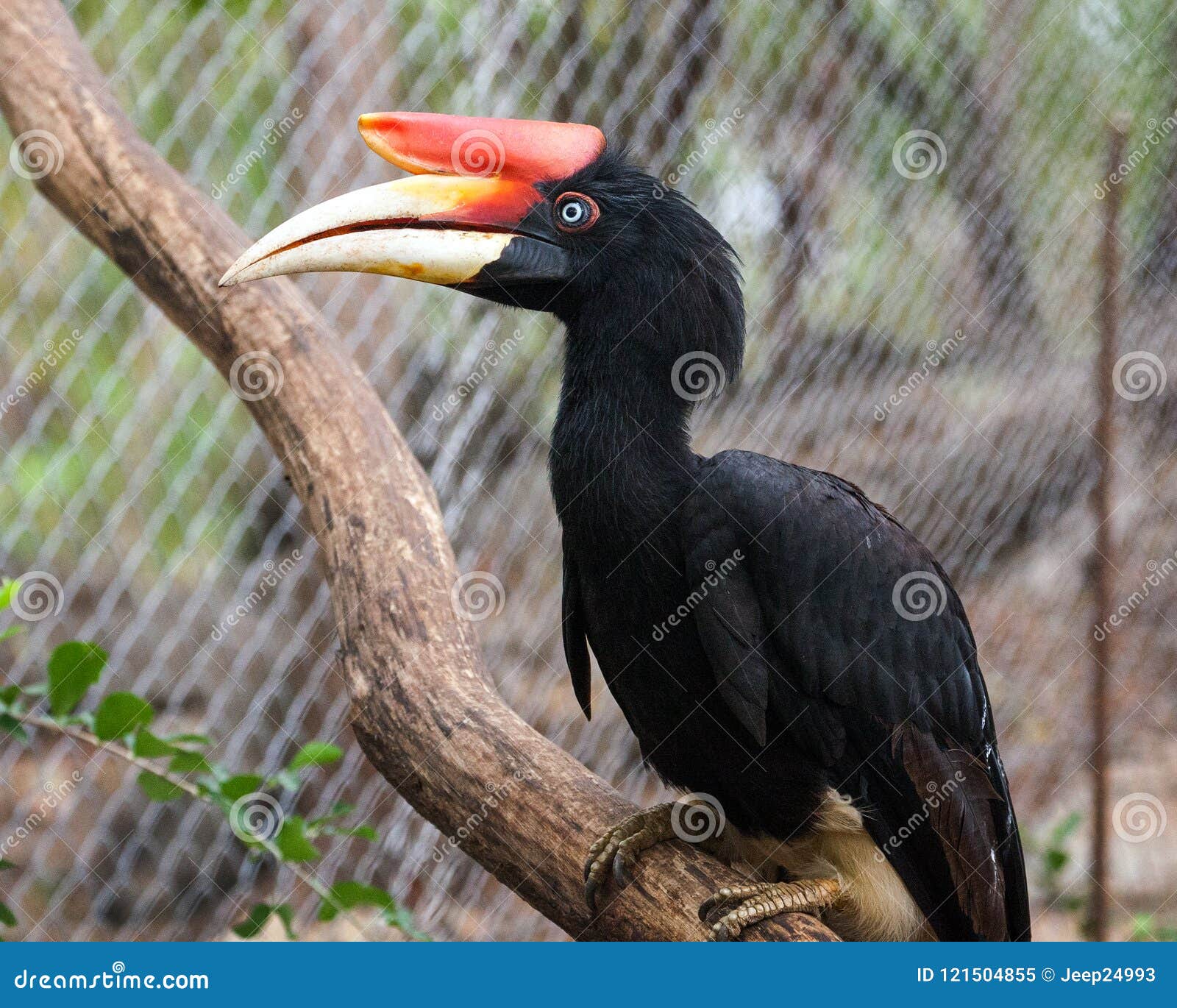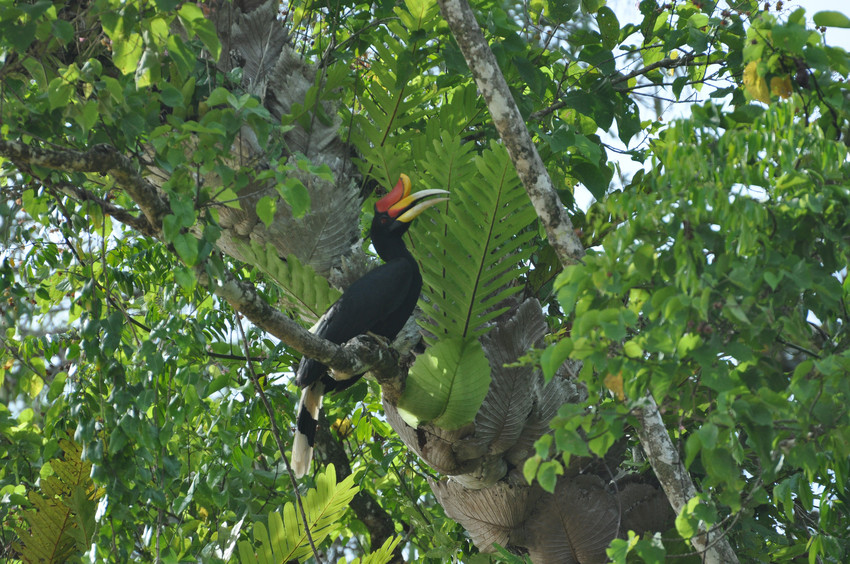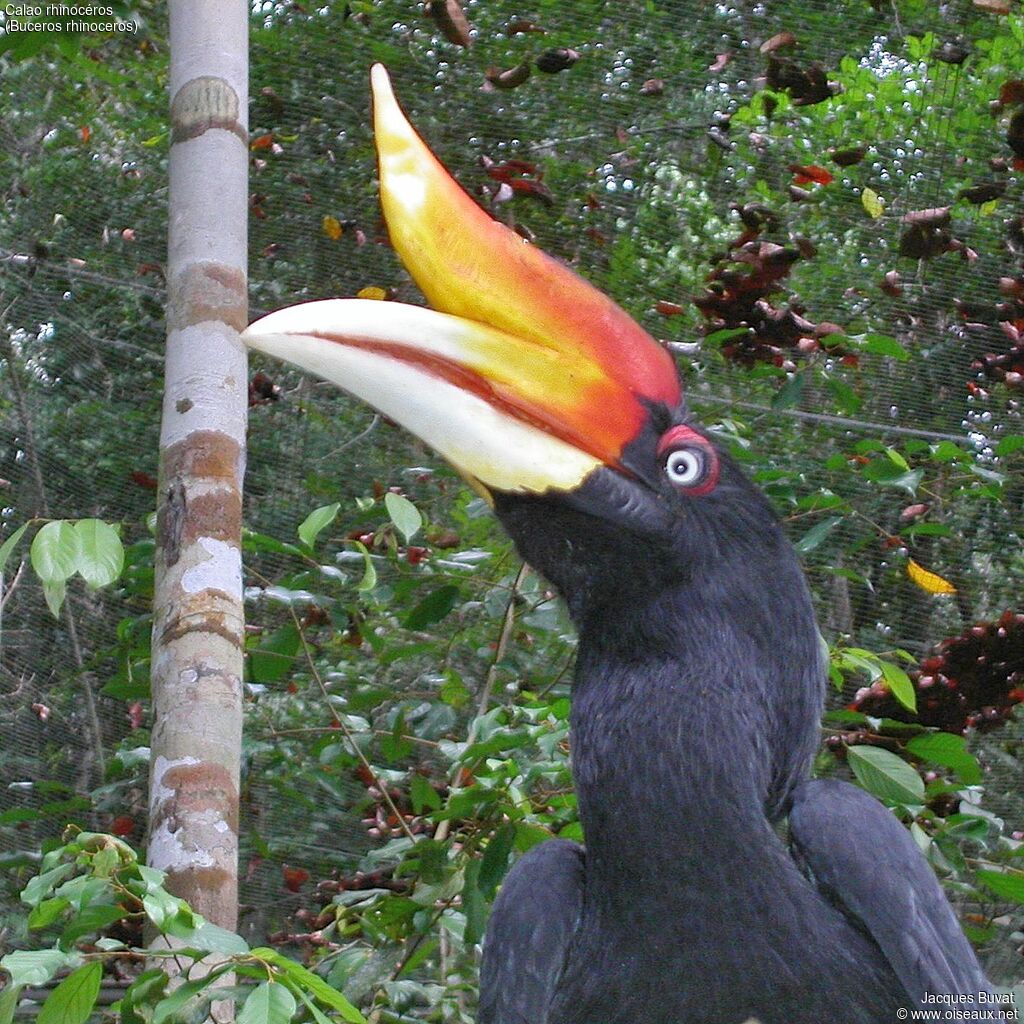

If you’re interested in seeing these unique birds up close, your best bet is to visit a local zoo or bird sanctuary. These birds are usually held in large aviaries with plenty of space to fly and roam. However, there are a few zoos and bird sanctuaries worldwide that have hornbills in their collection. You should also provide them with a source of fresh water to drink. In captivity, you can feed hornbills a diet of fruits, vegetables, insects, and small reptiles. The female will remain sealed inside the nest until her chicks are born, which can take up to six months.

The only opening will be a small hole just big enough for the male to pass her food. The female Hornbill will seal herself inside the nest with mud, fruit pulp, and droppings. These birds provide them with essential nutrients that help them grow and stay healthy. Sometimes hornbills also eat other small birds.

They also enjoy catching these furry little creatures for their protein-rich diet, which helps them stay active and energetic. Hornbills are not the only birds that feed on mice. Geckos are an excellent source of protein and help them to grow. Geckos are one of the favorite foods of hornbills. Lizards are easy to catch, but snakes are a little bit tricky. These reptiles are an excellent source of protein and help them stay active. Small reptiles like lizards and snakes are also part of their diet. These tiny insects provide essential nutrients that help them grow and stay healthy. Small insects like grasshoppers, beetles, and caterpillars are the primary source of protein for hornbills. Fruits help them to maintain their energy and keep them hydrated. They often found these fruits in the forest. Hornbills love all kinds of fruits like figs, berries, and drupes because these fruits are easy to find and eat. But the majority of hornbills excavate their nests in termite mounds.

Like the rhinoceros hornbill, some species build their nests in caves or hollow trees. The nesting habits of hornbills are fascinating. These birds use their bills to climb trees, poke around in crevices, and even build nests. The Hornbill’s long bill comes in handy for more than just eating. Some species are known to eat up to 500 insects in a single day! Their diet consists of fruits, leaves, insects, small reptiles, and other birds. Hornbills are omnivorous birds, meaning they eat both plants and animals. The Oriental pied Hornbill, for example, is primarily white with black wings and tail. But not all species have equally dramatic features. You can easily pick out a hornbill in a crowd because of its long, down-curved bill. The largest species is the southern ground hornbill, weighing up to 9 pounds (4 kilograms) and standing nearly 2 feet (0.6 meters) tall. These birds range from about the size of a robin to as large as a goose. The casque is hollow and acts as a resonating chamber, amplifying the bird’s honking call. This growth is made of keratin, the same material that forms human fingernails and hair. Hornbills get their name from the casque, or helmet, on top of their bill. So, what do hornbills eat? I will come to this later. The majority of these species have black bills and feathers, with some having white on their wings or tail. Most Asian hornbills are tropical birds, but the alpine Hornbill lives in the Himalayas. As an Amazon Associate I earn from qualifying purchases.


 0 kommentar(er)
0 kommentar(er)
